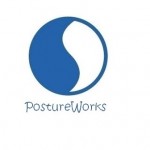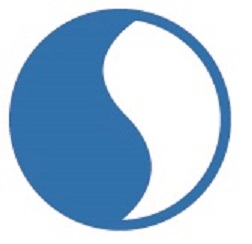 Wounds are an obvious focus area to improve quality outcome measures. However, if you are not paying attention to shear injuries, then you may not fully be addressing wound prevention.
Wounds are an obvious focus area to improve quality outcome measures. However, if you are not paying attention to shear injuries, then you may not fully be addressing wound prevention.
Shear occurs for many reasons, but the focus today is on injuries that are commonly seen with patients who spend their waking hours in a wheelchair, particularly in a sacral sitting / sliding position.
What causes shear?
Shear on skin results when force is applied to 2 parallel planes in opposite directions. For example, shear can occur when a patient slides forward in their wheelchair and friction between their skin (or clothing) and seating surface creates force in the direction opposite that of their body movement. Shear can also occur when the patient is repositioned after having slid forward. Both the act of sliding and repositioning can create shear forces on the skin, which restrict blood flow, can lead to ischemia, and ultimately, can lead to pressure injuries.
Tips to Prevent Shear
A mat evaluation and clinical assessment will determine the root cause of the patient’s sacral sitting and sliding, and guide you to an appropriate intervention.
If the patient has a flexible pelvis, the Engage APOD (Advanced Positioning Orthotic Device) will support a pelvic neutral position, thus decreasing their risk for shear injuries.
If your patient is using a wound care cushion, it is important to check that the cushion has lateral flexibility. This is a common cause for shear when the patient self-mobilizes or when they are repositioned in their wheelchair. The Matrix wheelchair cushion has excellent lateral flexibility to prevent shear injuries.
The cushion cover should also stretch in 4 directions to reduce friction and mitigate risk of shear. Covers are commonly overlooked when picking cushions, but are an integral part of wound care. Both the Engage APOD and Matrix cushion have a Dartex cover, which is a medical grade, 4-way stretch fabric.
More Info
Please call or email The PostureWorks if we can help support you and your team with seating and positioning to maximise independence and minimize risk of shear injuries.





